
Enviroment Friendly Recyclable Material Sandal Cork Wedge Sole Double Density For Men Ladies Slipper Sandals Shoe Making
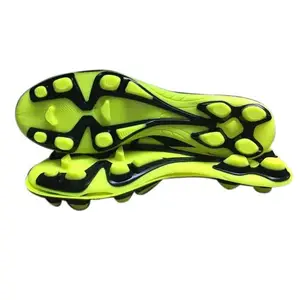
Manufacturer Prices High Quality Professional Training american football cleats shoes boots turf sneakers Boots Soccer Shoe sole
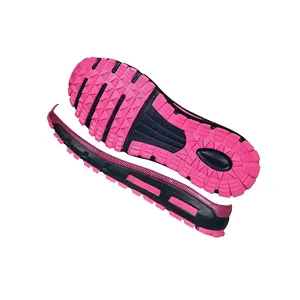



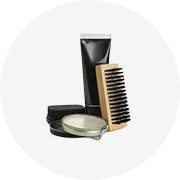
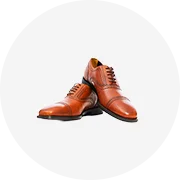


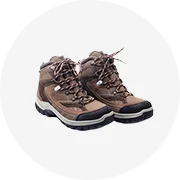
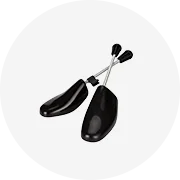

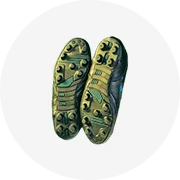
Thermoplastic rubber (TPR) material for shoe outsoles is a versatile and essential component in modern footwear manufacturing. TPR, a blend of plastic and rubber, combines the best properties of both materials to offer a durable, flexible, and comfortable solution for shoe soles. This introduction delves into the various aspects of TPR outsoles, highlighting their significance in the footwear industry.
TPR outsoles are crafted through a process that melds the elasticity of rubber with the moldability of thermoplastics. This results in a material that is not only recyclable but also exhibits resistance to abrasion and varying temperatures, making it an ideal choice for diverse footwear applications. The production process of TPR soles for footwear is designed to create a product that withstands the rigors of daily use while providing comfort.
Diverse in its utility, TPR is used to create various types of shoe soles, including those for boots, sports shoes, and casual wear. The adaptability of TPR means it can be tailored to specific footwear needs, such as flexible shoe soles for athletic shoes or sturdy outsoles for work boots. Its application extends to specialized footwear, offering solutions like orthopedic shoe soles for individuals requiring additional foot support.
TPR outsoles are lauded for their resilience and longevity. The material's capacity to combine a soft texture with a firm grip makes it a preferred choice for comfortable walking shoes. TPR's shock-absorbing qualities are beneficial for shoe soles for plantar fasciitis, providing relief and support to those with foot ailments. Moreover, TPR's water-resistant nature ensures that it is suitable for all-weather shoe soles, enhancing the material's versatility.
With an increasing focus on sustainability, TPR outsoles offer an eco-friendlier option in the footwear industry. The recyclability of TPR material contributes to a reduction in waste, and its durability means a longer lifespan for shoes, thus decreasing the frequency of replacement. This makes TPR a responsible choice for eco-conscious shoe manufacturing.
Selecting the appropriate TPR outsole depends on the intended use of the footwear. Manufacturers and designers consider factors such as flexibility, weight, and texture to determine the most suitable TPR composition. For instance, lightweight TPR soles are ideal for children's shoes or active wear, while denser TPR may be used for protective footwear. The selection process is crucial to ensure that the end product meets the functional requirements of the consumer.
Incorporating TPR material for shoe outsoles into footwear design offers a balance of performance and practicality. Its multifaceted nature caters to a broad spectrum of shoe types, affirming its position as a cornerstone in the shoe manufacturing sector.